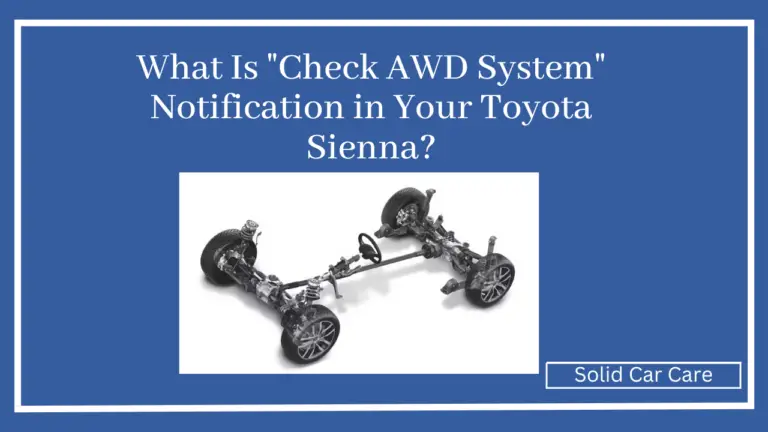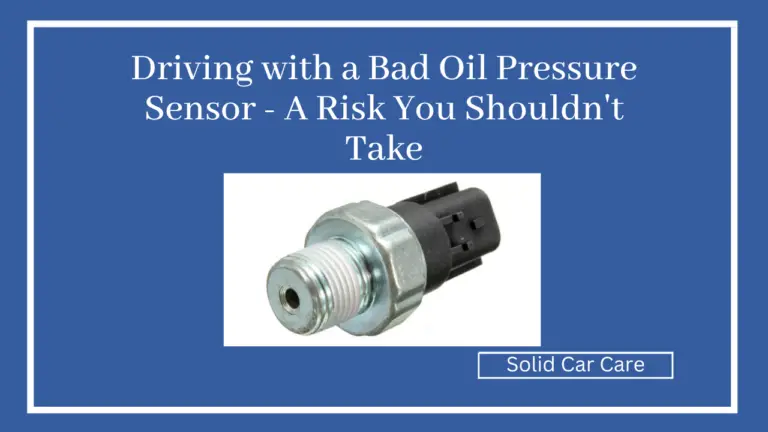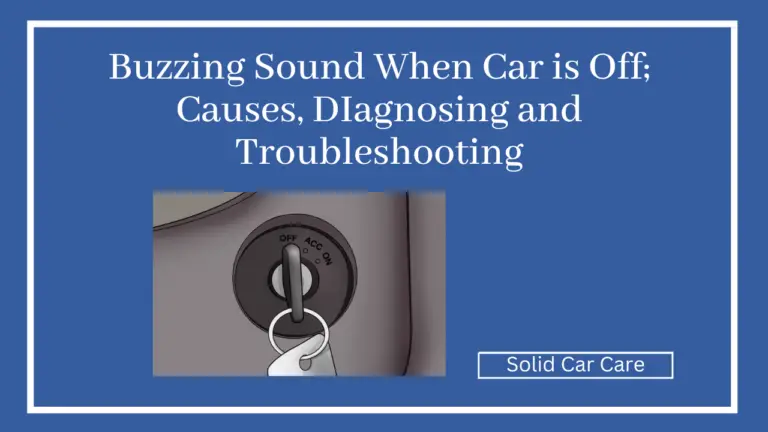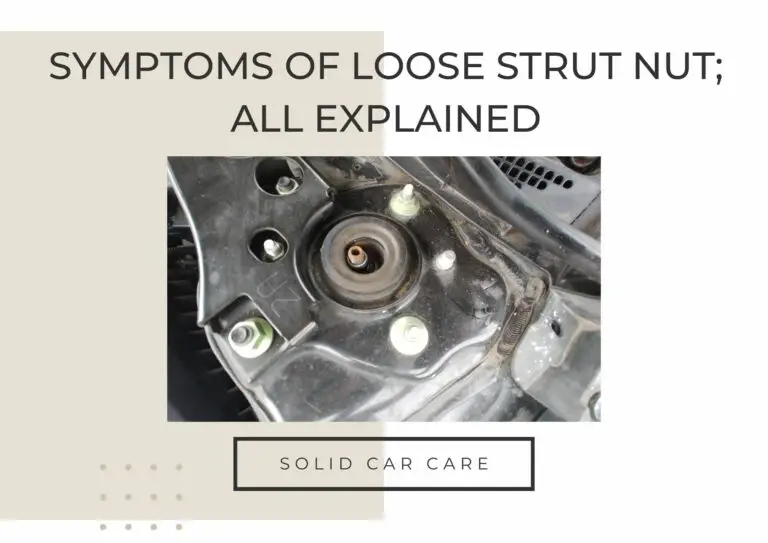Illuminating the Mystery: Understanding Why Your Oil Light Comes on When Idling
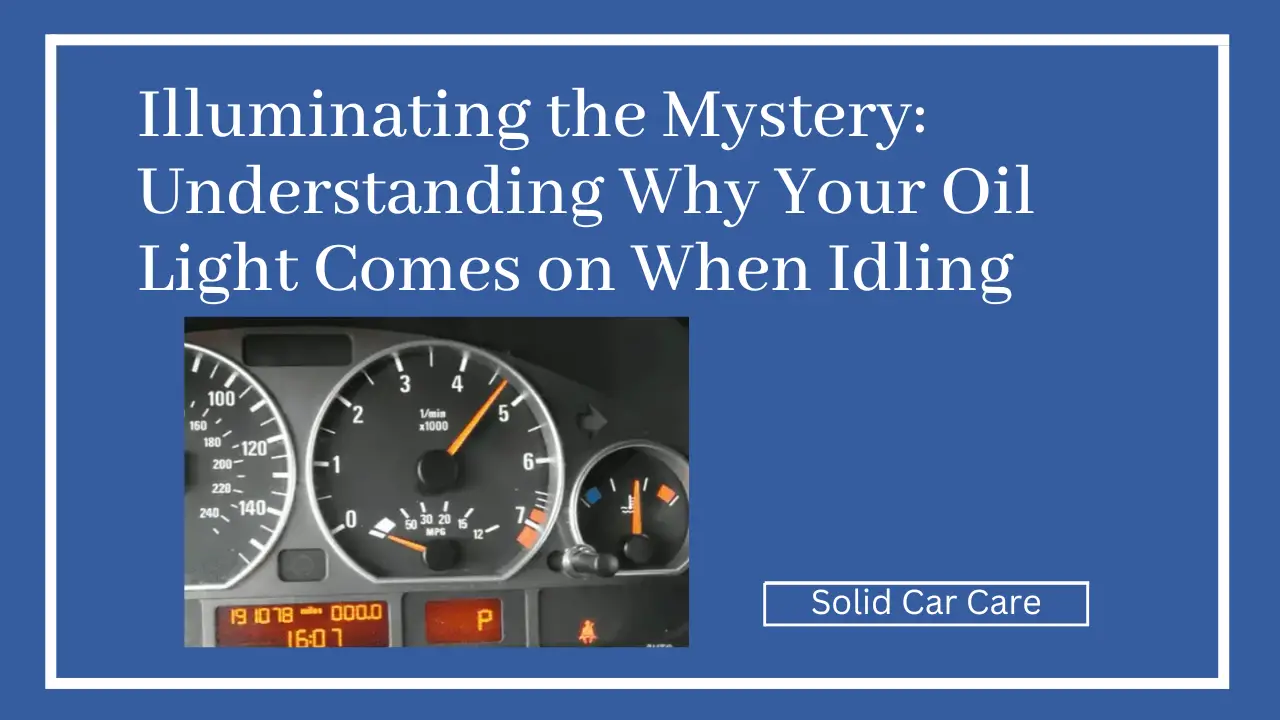
As you sit idly in your vehicle, the sudden appearance of the oil light on your dashboard can cause concern. The oil light is a vital indicator of the engine’s health and lubrication system.
In this article, we will explore the significance of the oil light, particularly when it comes on during idling, and discuss the potential causes behind this occurrence.
Table of Contents
What really is the Oil Light?
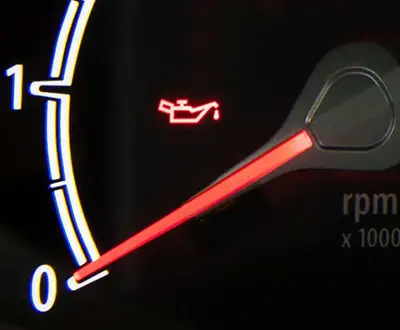
Before delving into the reasons for the oil light coming on during idling, it is crucial to understand the purpose of this essential dashboard warning. The oil light is designed to alert drivers to potential engine lubrication issues, specifically low oil pressure.
Oil pressure is vital for proper engine lubrication, ensuring that all moving components are sufficiently protected and lubricated.
The oil pressure sensor triggers the oil light, which continuously monitors the oil pressure within the engine.
When the sensor detects a drop in oil pressure below the manufacturer’s specified range, it illuminates the oil light on the dashboard, indicating the need for attention and investigation.
How To Reset Low Oil Pressure Light; Must Read
SOLIDCARCARE.COM
What are the causes of the Oil Light Coming ON when idling?
Several factors can contribute to the oil light coming on specifically during idling periods. Understanding these causes can help you take the appropriate actions to resolve the issue and ensure the optimal functioning of your engine.
Low Engine Oil Level
A low engine oil level is one common cause of the oil light coming on during idling. Insufficient oil in the engine reduces the overall oil pressure, triggering the oil light.
It is essential to check the oil level regularly and add oil if necessary, ensuring it is within the recommended range. Low oil levels can result from oil leaks, excessive oil consumption, or neglecting regular oil changes.
Oil Viscosity Issues
The viscosity, or thickness, of the oil can also affect oil pressure. If the oil viscosity is not suitable for the engine’s operating conditions, it may not flow adequately, leading to decreased oil pressure.
Using the recommended oil viscosity for your vehicle, especially in extreme weather conditions, is crucial to maintaining proper lubrication and preventing the oil light from illuminating.
Oil Pump Problems
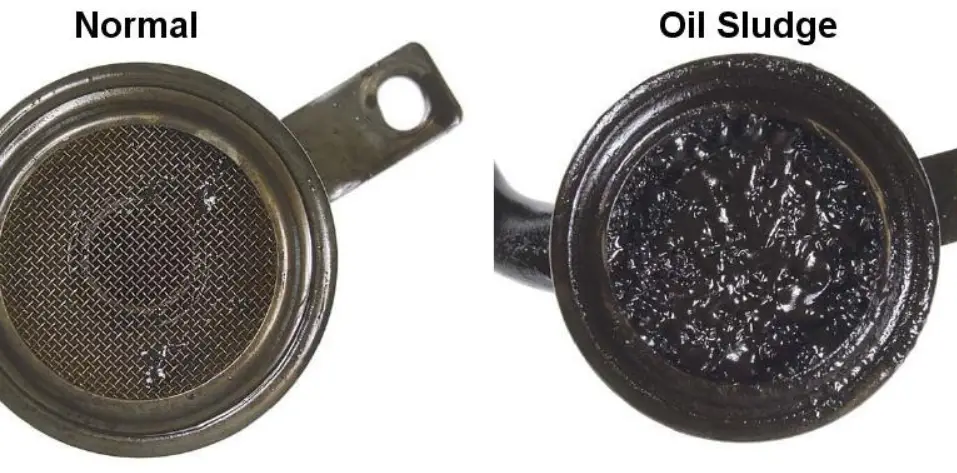
The oil pump is responsible for circulating oil throughout the engine, ensuring proper lubrication and maintaining optimal oil pressure.
A malfunctioning oil pump can disrupt this process, reducing oil pressure and activating the oil light. If you suspect an issue with the oil pump, it is recommended to seek professional inspection and repair to prevent further damage to the engine.
Engine Idling Issues
The idling speed of the engine plays a significant role in oil pressure. If the idle speed is too low, it can affect the oil pressure, potentially leading to the illumination of the oil light. Adjusting the idle speed to the manufacturer’s specifications can help maintain proper oil pressure and prevent unnecessary warnings.
Clogged or Faulty Oil Passages
Clogged or faulty oil passages can hinder the smooth flow of oil throughout the engine, affecting oil pressure. Over time, sludge, debris, or contaminants can accumulate in the oil passages, obstructing the oil flow. Cleaning or repairing these passages can help restore proper lubrication and prevent the oil light from coming on during idling.
Other Potential Causes
In some cases, the oil light coming on during idling may be attributed to other factors, such as a faulty oil pressure sensor or internal engine problems. A malfunctioning sensor may trigger false readings, leading to the illumination of the oil light.
Internal engine issues, such as worn-out components or leaks, can also contribute to decreased oil pressure. Consulting a qualified mechanic for proper diagnosis and repairs is recommended in such cases.
The oil light comes ON and OFF, but the oil is full; Why?
If the oil light in your car comes on and off despite the oil level being full, it could indicate a problem with the oil pressure system. The oil pressure warning light is designed to alert you when the oil pressure drops below a certain threshold. Here are a few possible explanations for this issue:
- Faulty Oil Pressure Sensor
The oil pressure sensor detects the oil pressure and sends a signal to the dashboard. A malfunctioning sensor may trigger the oil light to come on intermittently, even if the oil pressure is within the normal range.
- Clogged Oil Passages
Over time, sludge, debris, or carbon deposits can accumulate in the oil passages, restricting the flow of oil and causing fluctuating oil pressure. This can result in the oil light flickering on and off.
- Worn Oil Pump
The oil pump is responsible for circulating oil throughout the engine. If the pump is worn or damaged, it may not be able to maintain consistent oil pressure, leading to the intermittent activation of the oil light.
- Faulty Wiring or Electrical Issue
Issues with the wiring or electrical connections related to the oil pressure sensor can cause erratic readings and trigger the oil light.
It’s important to address this issue promptly to avoid potential engine damage due to inadequate lubrication. It is recommended to have a qualified mechanic inspect the oil pressure system and diagnose the exact cause of the problem. They can then perform the necessary repairs or replacements to ensure proper oil pressure and prevent further complications.
How to Fix Oil Light Comes on When Idling?
Experiencing an oil light coming on when idling can be concerning, but there are several steps you can take to address and resolve the issue. Here’s a guide on how to fix the problem:
Check the Oil Level:
Start by checking the oil level using the dipstick. Ensure that the oil level is within the recommended range. If it’s low, add the appropriate type and amount of oil as specified in your vehicle’s owner’s manual.
Inspect the Oil Filter
A clogged or dirty oil filter can restrict oil flow and cause a drop in oil pressure. Consider replacing the oil filter if it hasn’t been changed recently or if there are signs of blockage or contamination.
Evaluate the Oil Viscosity
Using the correct oil viscosity for your vehicle is crucial. If the oil is too thick, it can struggle to flow properly, especially at idle. Check the recommended viscosity in the owner’s manual and ensure that the oil being used matches the specifications.
Address Engine Idling Issues
Low engine idle speed or irregular idling can impact oil pressure. Have a qualified mechanic inspect and, if necessary, adjust the idle speed and address any underlying issues such as a malfunctioning idle control valve or throttle body.
Verify Oil Pressure Sensor Functionality
The oil pressure sensor or switch may be faulty and giving false readings. A professional mechanic can test and replace the sensor’s functionality if needed.
Conduct an Oil Pressure Test
If the issue persists, it’s advisable to have an oil pressure test performed by a qualified mechanic. This test measures the actual oil pressure generated by the engine. Based on the results, further diagnosis and repairs can be carried out, such as checking the oil pump, clearing any clogs, or resolving internal engine problems.
Remember, the oil light should never be ignored, as it indicates potential problems with lubrication that could lead to severe engine damage. It’s best to address the issue promptly by following the steps outlined above or seeking assistance from a professional mechanic to ensure the proper functioning of your vehicle’s oil system.
The Oil Pressure Light Comes On When The Engine Is Hot! How Bad?
SOLIDCARCARE.COM
Conclusion
When your oil light comes on during idling, it’s crucial not to overlook the warning. Understanding the significance of the oil light and recognizing the potential causes behind its illumination can help you take the necessary steps to address the issue promptly.
Regular maintenance, including checking the oil level, using the appropriate oil viscosity, and addressing any underlying engine or oil system problems, is vital for maintaining a healthy engine and prolonging its lifespan. By taking proactive measures and seeking professional assistance when needed, you can ensure the smooth operation of your vehicle and avoid potentially costly repairs in the future.
Some related FAQs
Is it safe to drive when the oil light comes on at idle?
Driving when the oil light is on, even at idle, is generally not recommended. Insufficient oil pressure can lead to inadequate lubrication, which may cause severe engine damage over time. It’s best to address the issue before continuing to drive.
I just had an oil change, but the oil light still comes on at idle. What could be the problem?
There could be various reasons for the oil light coming on after an oil change, such as a faulty oil pressure sensor, incorrect oil viscosity, or an issue with the oil pump. It’s advisable to have a mechanic inspect the vehicle to determine the exact cause.
Can a dirty oil filter cause the oil light to come on at idle?
Yes, a clogged or dirty oil filter can restrict the flow of oil and result in a drop in oil pressure. This can trigger the oil light to come on, particularly when the engine is idling. Regularly replacing the oil filter can help prevent this issue.
What should I do if the oil light comes on at idle even though the oil level is full?
If the oil level is correct but the oil light still comes on at idle, it’s recommended to have the vehicle inspected by a qualified mechanic. They can perform diagnostic tests to identify the specific cause, which may include issues with the oil pressure sensor, oil pump, or engine components.


